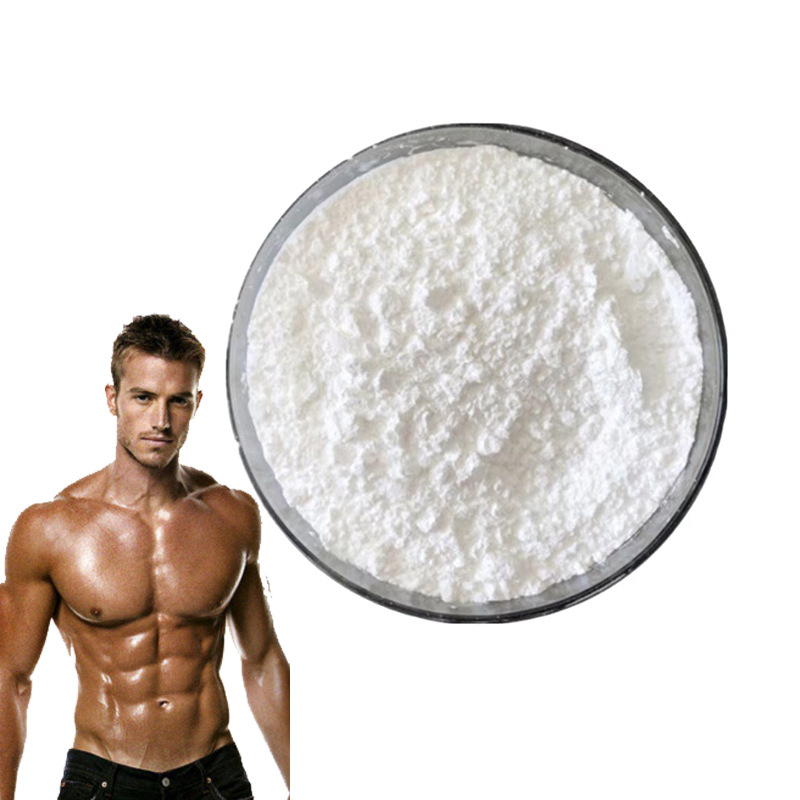What is Kisspeptin-10?
Kisspeptin-10 is an isoform of kisspeptin, the protein that controls your reproductive hormones. It performs essentially the same functions as its parent protein but has a different amino acid sequence. For instance, it has 10 amino acids compared to kisspeptin’s 145.
Kisspeptin-10 is processed from Kisspeptin-54, another kisspeptin variant. Research has shown that it has a quicker onset of action than the longer kisspeptin isoform. While both isoforms have similar bioavailability, Kisspeptin-10 appears to have a shorter half-life.
In clinical studies, Kisspeptin-10 was found to increase luteinizing hormone (LH), follicle-stimulating hormone (FSH), and testosterone in men. The peptide was also shown to stimulate gonadotropin release in women during the pre-ovulatory phase of the menstrual cycle.
Kisspeptin-10 has also been shown to reactivate the hypothalamic-pituitary-gonadal axis in women with chronic amenorrhea, a condition characterized by missing one or more menstrual periods. The kisspeptin peptide induced a significant increase in LH and FSH levels.
How Does Kisspeptin-10 Work?
Kisspeptin-10 has a fairly straightforward working mechanism. It binds to a G-protein-coupled receptor (GPR54/KISS1R), stimulating the hypothalamic neurons to release gonadotropin-release hormone (GnRH). GnRH causes the release of sex hormones in males and females.
Due to its working mechanism, Kisspeptin is recognized as a crucial regulator of the onset of puberty. Its role as a regulator of sex hormone-mediated secretion of gonadotropins has also been accepted. Plus, this naturally occurring protein influences fertility and reproduction.
Kisspeptin-10 Research
Following is a summary of existing clinical and preclinical research on Kisspeptin-10. The information given in this section is for educational purposes only. It doesn’t constitute medical advice. Speak to a qualified medical health provider to know more about Kisspeptin-10.
Kisspeptin and Follicle Stimulating Hormone
FSH is a hormone secreted by the pituitary gland. In women, FSH helps control the menstrual cycle and stimulates the growth of eggs in the ovaries. In males, it helps control the production of sperm. All in all, FSH plays a vital role in sexual development and functioning.A clinical trial reported that Kisspeptin-10 administration elevated FSH levels in healthy men, at doses as low as 0.3 and 1.0 nmol/kg. The same effect was observed in healthy females during the pre-ovulatory phase of the menstrual cycle.
Kisspeptin and Luteinizing Hormone
LH is another gonaotropin-releasing hormone secreted by the anterior pituitary gland. Its functions are similar to that of FSH, i.e., increased hormone signaling stimulates ovulation in females and spermatogenesis in males.
The above clinical trial demonstrated that Kisspeptin-10 stimulates an increase in LH levels too. A separate human study reported the same effect and an increase in LH pulse frequency and size followed by intravenous bolus kisspeptin-10 administration.
Kisspeptin and Cancer
Multiple studies have examined the role of kisspeptin peptides in various types of cancers, including:Skin melanoma. In malignant skin cancer, loss of kisspeptin expression is strongly related to increased metastatic ability. The kisspeptin peptide also demonstrated the ability to prevent cancer cells from metastasizing.
Thyroid cancers. A cell-based study demonstrated higher expression of this potentially life-saving peptide in differentiated cancer growth tissues. Increased KP expression was also correlated with the advanced disease stage.
It’s clear that Kisspeptin seems to have a potentially positive effect on tumor growth by suppressing it.
Kisspeptin and Testosterone
Testosterone is an androgen male hormone. It supports the development of muscle growth, facial hair, and deep voice in males. Low testosterone levels can lead to erectile dysfunction in males. In females, it may cause reduced sex drive (sexual libido) and reduced bone mass.According to a clinical trial involving healthy males and females, Kisspeptin-10 stimulated an increase in plasma testosterone levels in both sexes. Its ability to alter testosterone levels was significant compared to study subjects who were given a saline injection.
Kisspeptin and Mood
Although no clinical trial has investigated the effects of kisspeptin peptide on mood, one preclinical study showed it enhances mood in healthy male mice.The study reported that kisspeptin administration enhanced frontal brain activity in response to negative images and reduced negative mood. Those given kisspeptin experienced enhanced limbic brain activity. Taken together, the effects correlated with improved emotional brain processing.
Kisspeptin and Delayed Puberty
Delayed puberty refers to the absence of the beginning of sexual maturation at the expected time. There can be any number of causes of delayed puberty, including chromosomal problems, genetic disorders, and abnormal development of the reproductive system, among others.
A clinical study investigated the effects of Kisspeptin on 16 children with delayed or stalled puberty. All participants who responded to Kisspeptin with a significant rise in LH subsequently progressed through puberty, indicating that Kisspeptin can predict pubertal incomes for delayed puberty.















